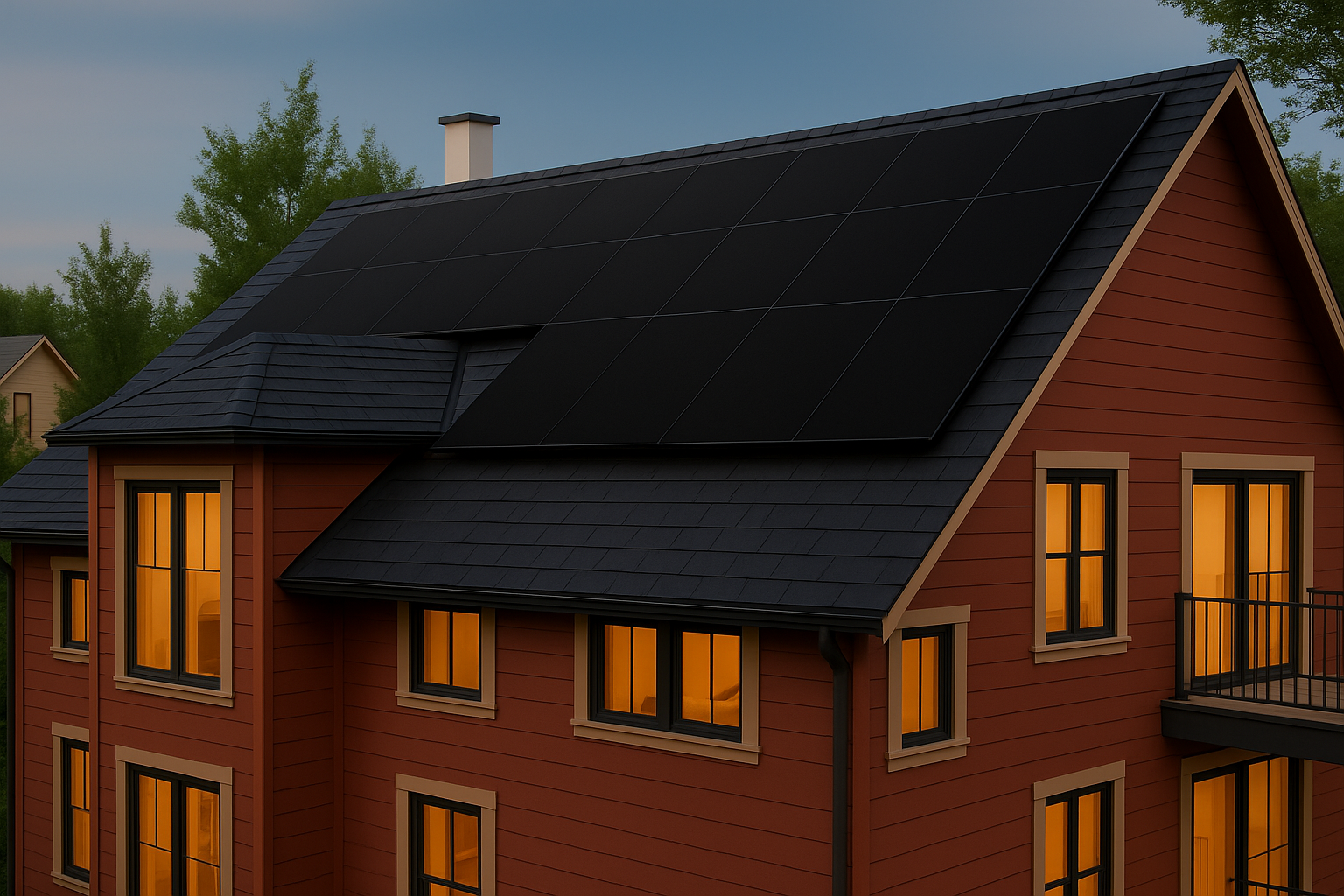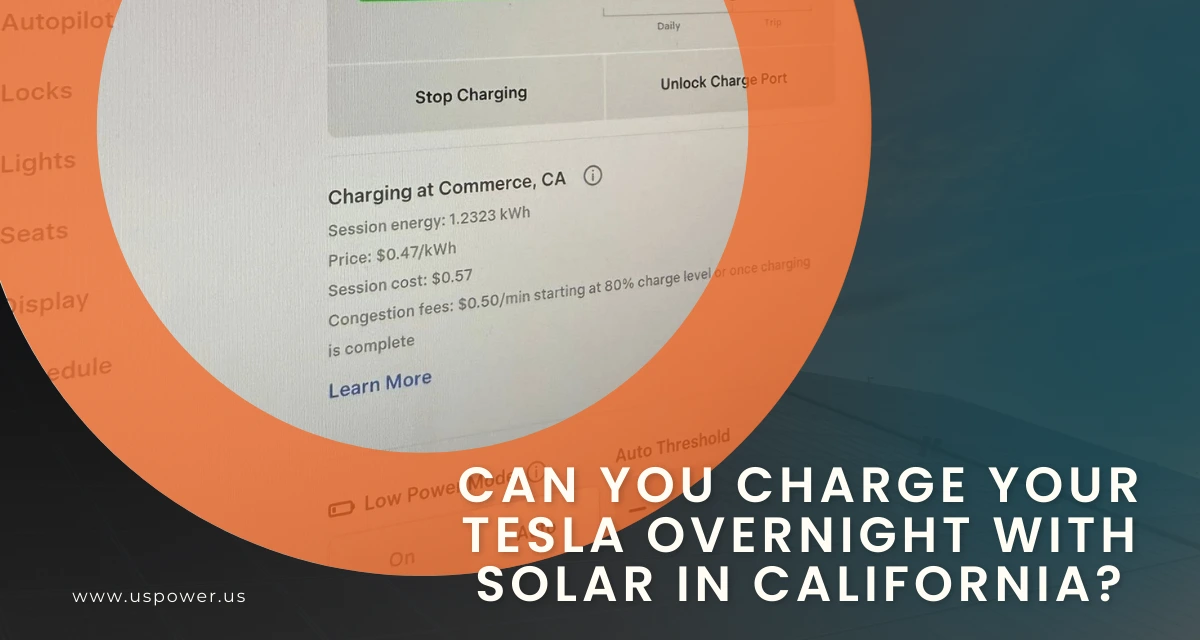Things You MUST KNOW Before Going Solar in California

Solar and Roofing Advisor
Thinking about harnessing the sun's power? Discover essential solar panel installation tips California residents need.

Transitioning to solar energy in California is a commendable step towards sustainability and energy independence. However, before you embark on this journey, it's crucial to arm yourself with the right knowledge. This blog post will provide you with solar panel installation tips California residents need to know, ensuring you make informed decisions.
Understanding California’s Solar Incentives
California offers a variety of incentives to encourage solar adoption. The California Solar Initiative (CSI) is one such program that provides rebates for solar installations. Additionally, the federal Investment Tax Credit (ITC) allows you to deduct 26% of the cost of installing a solar energy system from your federal taxes. Understanding these incentives can significantly reduce the initial cost of your solar panel installation.
Net Energy Metering (NEM)
California’s Net Energy Metering program allows you to sell excess power generated by your solar panels back to the grid. This not only helps in reducing your electricity bill but also maximizes your investment in solar energy. Ensure your solar installer is familiar with NEM to take full advantage of this benefit.
Choosing the Right Solar Panel System
When considering solar panel installation tips California homeowners recommend, selecting the right type of solar panel is crucial. There are primarily three types of solar panels: monocrystalline, polycrystalline, and thin-film. Each has its own efficiency rates and cost implications.
1. Monocrystalline Solar Panels (Mono)
- Efficiency: 18–22%
- Lifespan: 25+ years
- Cost: Higher upfront cost
- Appearance: Sleek black design, more uniform look
- Best For: Homes with limited roof space or homeowners seeking high efficiency
- Why Choose Them: These panels offer the highest efficiency and performance, especially in high-temperature environments like California.
2. Polycrystalline Solar Panels (Poly)
- Efficiency: 15–17%
- Lifespan: 20–25 years
- Cost: Moderate
- Appearance: Blue hue with a less uniform crystal pattern
- Best For: Budget-conscious homeowners with ample roof space
- Why Choose Them: While slightly less efficient than monocrystalline panels, poly panels offer solid performance at a lower price point.
3. Thin-Film Solar Panels
- Efficiency: 10–13%
- Lifespan: 10–20 years
- Cost: Lower upfront cost
- Appearance: Lightweight and flexible, often black or dark gray
- Best For: Non-traditional surfaces (e.g., RVs, commercial roofs, or curved surfaces)
- Why Choose Them: Ideal for unconventional applications where standard panels don’t fit. Less common for residential rooftops due to lower efficiency.
Other Key Factors to Consider:
- Roof Size and Shape: Higher-efficiency panels (like monocrystalline) are better suited for small or complex roof layouts.
- Sun Exposure: South-facing roofs with little shading are ideal for all panel types, but efficiency becomes more critical in partial-shade situations.
- Aesthetics: If curb appeal matters, some homeowners prefer the uniform look of premium black-on-black monocrystalline panels.
- Warranty & Durability: Look for panels with at least a 25-year performance warranty from reputable manufacturers.
- Brand Reputation: Top-tier brands like Qcells, REC, Panasonic, and SunPower are widely trusted in California for long-term durability and strong warranties.
Evaluate your energy needs and budget to select the best option for your home.
Practical Installation Considerations
Before installation, assess your roof’s condition and orientation. A south-facing roof with minimal shading is ideal for solar panels. Additionally, ensure your roof is structurally sound to support the weight of the panels. Consulting with a professional installer can provide insights into the best setup for your home.
Case Study: Solar Success in Los Angeles
Consider the example of a Los Angeles homeowner who installed a 5kW solar system. By leveraging state incentives and selecting the right panel type, they reduced their electricity bill by 80% within the first year. This demonstrates the potential savings and benefits of a well-planned solar installation.
Conclusion
Going solar in California is a significant investment that can yield substantial long-term benefits. By understanding the available incentives, selecting the right solar panel system, and considering practical installation factors, you can optimize your solar energy setup. For personalized energy solutions and expert guidance, partner with US Power, a leader in providing sustainable energy solutions. Contact US Power today to start your journey towards a greener future.
Related Articles
Our Related Blogs
Tesla charging, Supercharging, and solar energy savings made easy for homeowners.
See how many Qcells solar panels you need for home and charge your EV energy.
Explore practical solar solutions to lower bills and improve energy efficiency.
Our Solar and Roof Brand Partners








We empower communities and businesses to harness clean, renewable solar energy solutions that drive sustainable growth.
Ready to Own Your Power? Call us today!
818-650-8010
Copyright © 2025 US Power - Axia by QCells. All Rights Reserved.
Privacy is important to us, so you have the option of disabling certain types of storage that may not be necessary for the basic functioning of the website. Blocking categories may impact your experience on the website.
Essential
These items are required to enable basic website functionality.
Personalization
These items allow the website to remember choices you make (such as your user name, language, or the region you are in) and provide enhanced, more personal features.
Marketing
These items are used to deliver advertising that is more relevant to you and your interests.
Analytics
These items help the website operator understand how its website performs, how visitors interact with the site, and whether there may be technical issues.
We and our third-party partners use cookies and other technologies to enhance and track your experience on this site, conduct analytics, and personalize marketing to you. By using the site, you agree to our use of these technologies, including recording and monitoring your interactions with the site.
Get an instant solar estimate using satellite!









